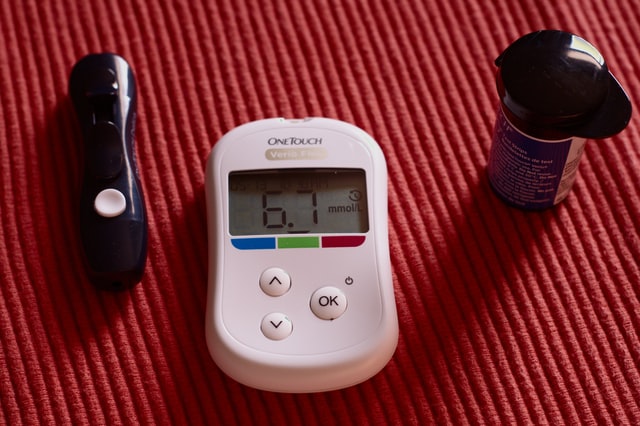High blood sugar is a dangerous phenomenon called pre-diabetes and can lead to the development of full-blown diabetes. People who have already been diagnosed with diabetes, despite taking medication, also often have problems with glucose leveling. Today’s lifestyle has a huge impact on this state of affairs: improper diet and low physical activity. How to lower blood sugar?
What is glucose?
Glucose is simple sugar and is the basic source of energy in the human body. It is necessary for proper functioning, but its excess can lead, among others for pre-diabetes and diabetes. The hormone produced by the pancreas – insulin, is responsible for alignment. After eating a meal, the glucose level increases, which is a signal for the pancreas to secrete insulin. Insulin is responsible for transporting glucose to tissues causing its decrease in the blood.
What glucose values are correct?
There are three ranges for measuring fasting blood glucose:
- 70 to 99 mg / dl (3.9 to 5.55 mmol / l) – normal glucose levels
- 100 to 125 mg / dl (5.6 to 6.9 mmol / l) – abnormal glucose levels (pre-diabetes)
- 126 mg / dL and more in at least two measurements – diabetes.

How to lower blood sugar when it is too high – what to do?
The basic recommendation to maintain normal blood glucose values is to follow a proper diet. Choosing the right products can prevent soaring sugar. The glycemic index (IG) of products is a very important nutritional aspect in the event of problems with carbohydrate metabolism. The glycemic index classifies products based on their effect on glucose levels 2-3 hours after ingestion. The higher the IG value of the product, the higher the blood sugar level after consumption. After consuming a product with a low GI, glucose is slowly absorbed, which leads to a gradual increase in blood – this facilitates glycemic control. Products can be divided into three groups in terms of index value:
- Low glycemic index: 55 or less
- Average glycemic index: 56-69
- High glycemic index 70 or higher.
The least desirable product group for existing carbohydrate problems is a group with a high index. Examples of products from this group are: products based on white wheat flour (bread, pasta, pancakes, flour cakes, bread sticks, etc.), white rice, semolina, sweets (chocolates, jellies, candies, lollipops, cakes, cookies, etc.) , cornflakes, sweet breakfast cereals (chocolate, cinnamon etc.), rice flakes, prepared rice, rice waffles, some fruit and many more. By consuming the products we are raising the glucose level which is difficult to control very quickly.
Keep an eye on your weight, eat your head to lower your sugar level
Weigh yourself and use your body mass index (BMI) to evaluate your weight – we calculate the BMI by dividing the weight in kilograms by the square meter height. If your BMI exceeds 25, it means that you should lose weight. Studies have shown that weight loss contributes to the normalization of carbohydrate metabolism disorders. If your BMI exceeds 30, it is better to seek the advice of a doctor or dietitian.










